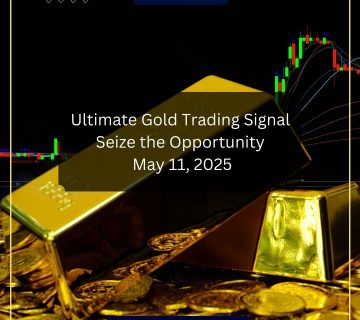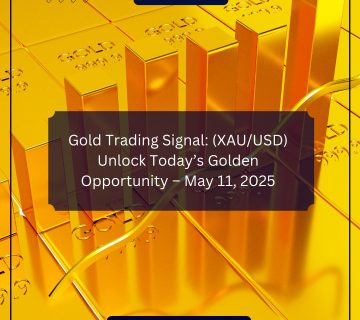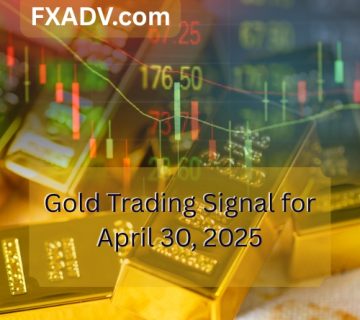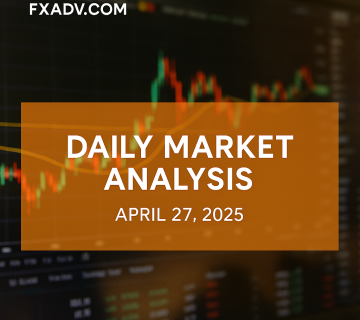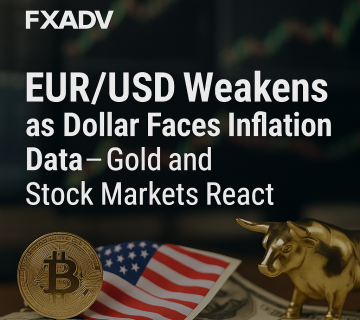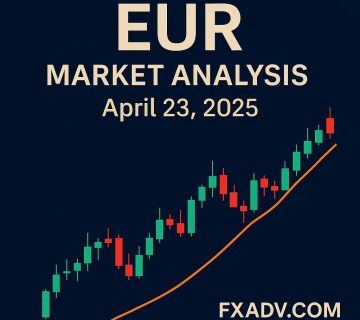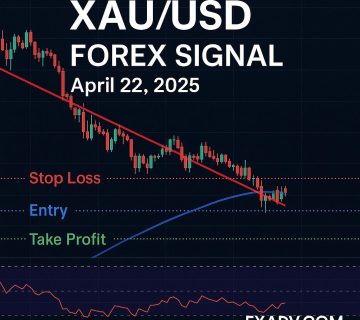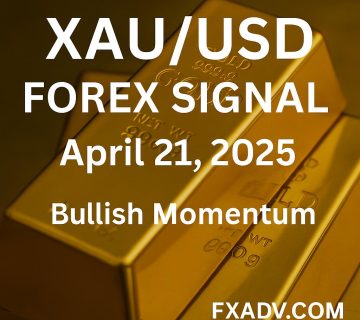Today’s Gold Forecast in Forex: Key Insights and Price Predictions for October 2024
Introduction
As we step into October 2024, gold trading in the Forex market remains a hot topic. Gold’s value has fluctuated significantly in recent months due to a confluence of factors, including geopolitical tensions, global economic policies, and production challenges. This article will explore these critical elements, providing traders with a comprehensive overview of the current gold market landscape, along with technical and fundamental analyses that can guide Forex trading strategies.
Why Is Gold So Influential in Forex?
Gold has always been considered a reliable store of value, especially in times of economic uncertainty. As a result, it often moves inversely to the U.S. dollar (USD) and serves as a hedge against inflation and currency devaluation. Forex traders follow gold closely, not just because of its high liquidity but also because of its ability to reflect broader economic trends. When other currencies are unstable, gold typically strengthens, providing insights into the health of global economies.
Key Factors Influencing Today’s Gold Forecast
- Geopolitical Tensions and Gold’s Safe-Haven Appeal
Recently, rising tensions in the Middle East, particularly between Israel and Iran, have added an element of uncertainty to the global political environment. This has strengthened gold’s role as a safe-haven asset, with investors seeking refuge in its stability. The appeal of gold as a hedge against geopolitical risks isn’t new, but its impact is especially pronounced during periods of intense international conflict. For example, during the recent surge in tensions, gold prices experienced a notable increase as traders looked to secure their portfolios against potential risks from fluctuating oil prices, sanctions, and supply chain disruptions. - Monetary Policies and Interest Rates
The U.S. Federal Reserve has maintained a cautious stance on interest rates, aiming to balance economic growth with inflation control. In contrast, other major economies, such as the Eurozone and China, are leaning towards monetary easing. This divergence in policies is playing a critical role in shaping the gold market. A low-interest environment in these regions has led investors to prioritize gold, as it provides a more stable return compared to low-yield bonds. Moreover, with inflation hovering near the Federal Reserve’s target rate of 2%, there is a continued expectation that U.S. monetary policy will remain accommodative, which would support gold’s appeal. - The USD’s Influence on Gold
Gold and the USD generally share an inverse relationship. As the USD strengthens, gold often declines, and vice versa. Recent indicators suggest a potential rally for the USD, which could apply downward pressure on gold prices. However, the impact of inflation and global economic policies must also be considered. With U.S. inflation stabilizing, the USD’s movement becomes less predictable, which can introduce volatility in the gold market. Traders must closely monitor the USD Index, as any significant changes could trigger rapid adjustments in gold’s price. - Gold Supply Constraints and Production Issues
On the supply side, major gold-producing nations such as the United States and Australia are facing production challenges. Issues such as adverse weather conditions, the depletion of high-grade ore, and reduced exploration activities have led to a tighter supply outlook. These challenges are not only influencing current gold prices but may also have long-term implications. If supply constraints persist, they could support higher prices in the future. For instance, in Australia, disruptions in production due to weather and logistical challenges have reduced output, adding a bullish tone to gold’s long-term prospects. Furthermore, with exploration activities slowing down globally, there are concerns that existing mines might not be able to meet future demand.
Technical Analysis: Patterns and Indicators
Technically, gold is displaying mixed signals. Recently, it formed a rising wedge pattern, typically a bearish indicator. Additionally, candlestick patterns like the shooting star point to a possible short-term correction. If gold breaks below the critical support level of $2,600, it may confirm a bearish trend, especially if the USD strengthens concurrently. Traders should be prepared for potential corrections in the short term but should also recognize the longer-term bullish outlook for gold due to the previously mentioned factors.
A few important technical levels to monitor include:
- Support at $2,500: If prices dip below this mark, it could signal a more profound correction.
- Resistance near $2,700: Should gold test this level again, it may indicate a potential upward breakout, especially if driven by renewed geopolitical tensions or further interest rate cuts.
The Role of Futures and ETFs
In addition to spot trading, gold futures and ETFs play a significant role in the market. Gold-backed ETFs have recently seen an uptick in interest, particularly in Asian markets where investors are seeking safe investments amid economic uncertainties. Futures trading has also mirrored this bullish sentiment, with increased net non-commercial positions reflecting strong demand. The heightened futures activity underscores a positive outlook for gold in the short term, particularly if geopolitical risks and monetary policies continue to favor its demand.
Practical Forex Trading Strategy for Gold
For Forex traders, gold presents both opportunities and risks. Traders should consider a balanced approach, leveraging both technical indicators and fundamental factors when making trading decisions. Here are a few strategic points to consider:
- Monitoring the USD Index: Since gold often moves inversely to the USD, any strength in the dollar could provide shorting opportunities.
- Keeping an Eye on Central Bank Policies: Decisions by the Federal Reserve, ECB, and Bank of China will likely influence gold’s direction. A dovish stance by any of these banks could create bullish scenarios for gold.
- Hedging Against Economic and Political Instability: Geopolitical uncertainties are expected to persist, making gold an attractive hedge for risk-averse traders.
In conclusion, while gold’s forecast for October indicates potential short-term corrections, its long-term prospects remain strong due to sustained demand driven by geopolitical concerns, monetary easing, and supply constraints. Forex traders should adopt a strategic approach, integrating both technical and fundamental analysis to navigate the complexities of the gold market.
The Impact of Geopolitical Events and Economic Changes on Forex Market Volatility
Forex Tips: 5 Forex Tips for Beginners to Start Trading Confidently




